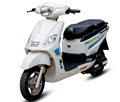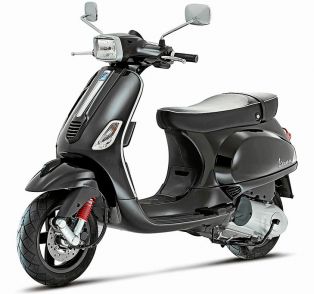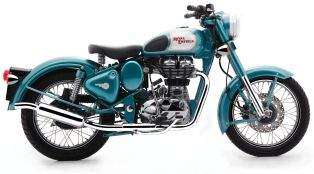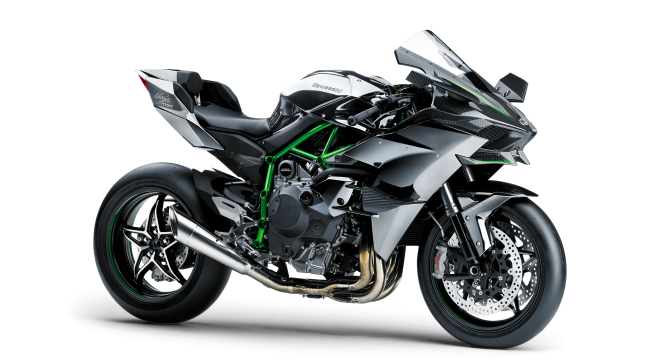 We often heard about terms like Supercharging and Turbocharging in cars but motorcycles like recently launched Kawasaki Ninja H2 have associated these terminologies with bikes as well. The Supercharged Kawasaki Ninja H2 has gained tremendous name and respect in supersports motorcycle industry. The term Superchargers and Turbochargers are also used interchangeably quite often but in reality there is fundamental difference between the two. I will try to explain not only the terms but also differentiate them with their pros and cons.
We often heard about terms like Supercharging and Turbocharging in cars but motorcycles like recently launched Kawasaki Ninja H2 have associated these terminologies with bikes as well. The Supercharged Kawasaki Ninja H2 has gained tremendous name and respect in supersports motorcycle industry. The term Superchargers and Turbochargers are also used interchangeably quite often but in reality there is fundamental difference between the two. I will try to explain not only the terms but also differentiate them with their pros and cons. As the name suggests both Superchargers and Turbochargers are some sort of chargers, and they are associated with the performance, hence it is easy to understand that they are "Forced Induction Systems" responsible for boosting the power of engine by charging the engine with forcibly induced compressed air.
The more air pumped inside the combustion chamber the more fuel can also be pushed into the engine and burning of this charged air and fuel mixture resulting into as much as 50% more power. Depending upon the power these superchargers and turbochargers draw to work they are differentiated as Superchargers and Turbochargers.
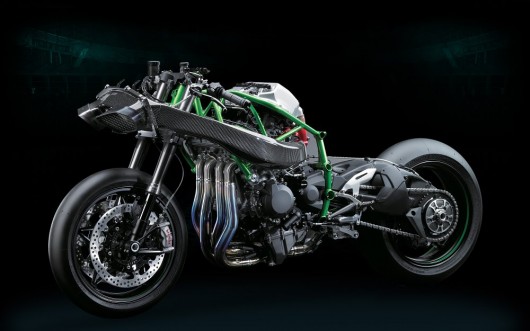 Superchargers:
Superchargers:The Superchargers draw power directly from the engine as they are connected with the engine via belt. This belt rotates the compressor of the supercharger and hence the efficiency and working of the supercharger is directly proportional to the engine's Rpm. The compressor which rotates by the crankshaft via belt pumps the compressed air into the combustion chamber resulting into an increased power and torque output from the same size of engine.
Turbochargers:
On the other hand, the Turbochargers get their power from the Exhaust stream of the engine. As the name indicates, the Turbochargers comprise of a turbine and that turbine rotates freely by the exhaust gasses coming out of the engine. That turbine is connected with the compressor hence resulting into compressing the air with the help of exhaust stream, which in turn goes into the combustion chamber to complete the cycle.
What is Turbo-Lag?
Since the Turbochargers work with the help of exhaust gasses, which rotates the turbine of the turbochargers, initially when the engine runs at the lower Rpm the exhaust stream remains week and due to some back pressure the turbine rotates at comparatively lethargic rate this lag in the boost is referred as Turbo -lag but gradually as the Rpm builds up, the turbine starts rotating freely and producing good boost.
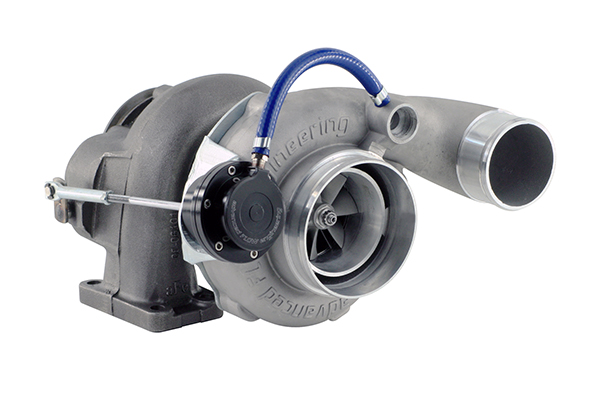 Advantages & Disadvantages Of Superchargers and Turbochargers:
Advantages & Disadvantages Of Superchargers and Turbochargers:Supercharges are good for great acceleration
Turbocharges experience Turbo-lag
Superchargers are easy to maintain
Turbochargers are complex
Superchargers are reliable
Turbochargers demand maintenance
Superchargers are difficult to install
Turbochargers are easy to install
Superchargers are not fuel efficient
Turbochargers are comparatively fuel efficient
Superchargers are compact in size
Turbochargers are generally big in size
Superchargers can deliver their boost at low Rpm
Turbochargers work best at the High Rpm
Turbocharges experience Turbo-lag
Superchargers are easy to maintain
Turbochargers are complex
Superchargers are reliable
Turbochargers demand maintenance
Superchargers are difficult to install
Turbochargers are easy to install
Superchargers are not fuel efficient
Turbochargers are comparatively fuel efficient
Superchargers are compact in size
Turbochargers are generally big in size
Superchargers can deliver their boost at low Rpm
Turbochargers work best at the High Rpm
Despite of their differences both Superchargers and Turbochargers are ideal for high altitudes, riding supercharged or turbocharged engines at high altitudes are heavenly experience as normal engines starts gasping for oxygen at higher altitudes where the amount of oxygen is very less in the air. And Supercharged or Turbocharged engines don't feel any difference as the compressed air is forcibly pumped into the engine which always has sufficient oxygen for an engine to perform.
By: Farhan Kashif





